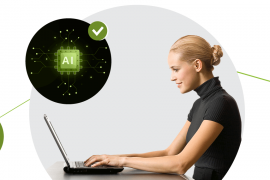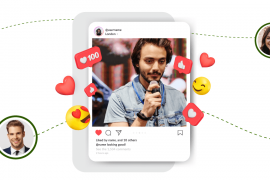Networking during virtual events is a huge concern for many event organizers. Often, event planners & managers worry that their virtual events wouldn’t attract a large number of attendee interactions, by the virtue of the very virtual nature of the event.
Most people attend virtual events due to the networking aspects of it, as they get to meet new people, exchange information with them, & increase their network size.
However, in the absence of any shared physical location, virtual events run the risk of falling short on the networking & attendee engagement aspect of events.
Hence, it is especially important for event planners & organizers to keep in mind the networking side of your virtual event before you make a decision about the virtual event platform you want to choose for your event.
Not all virtual event platforms are alike when it comes to networking, engagement, & other aspects of audience engagement & information exchange.
Some are better than others, with sophisticated, high-end audience engagement features, while some others barely allow attendees to view each other or chat.
The kind of networking features your chosen virtual event platform defines the overall networking success of your virtual event, & whether or not your audience has a good experience engaging with the other attendees.
In this article, we tell you the top 10 tips to choose the best virtual event platform for your virtual event, networking & engagement included.
Customization
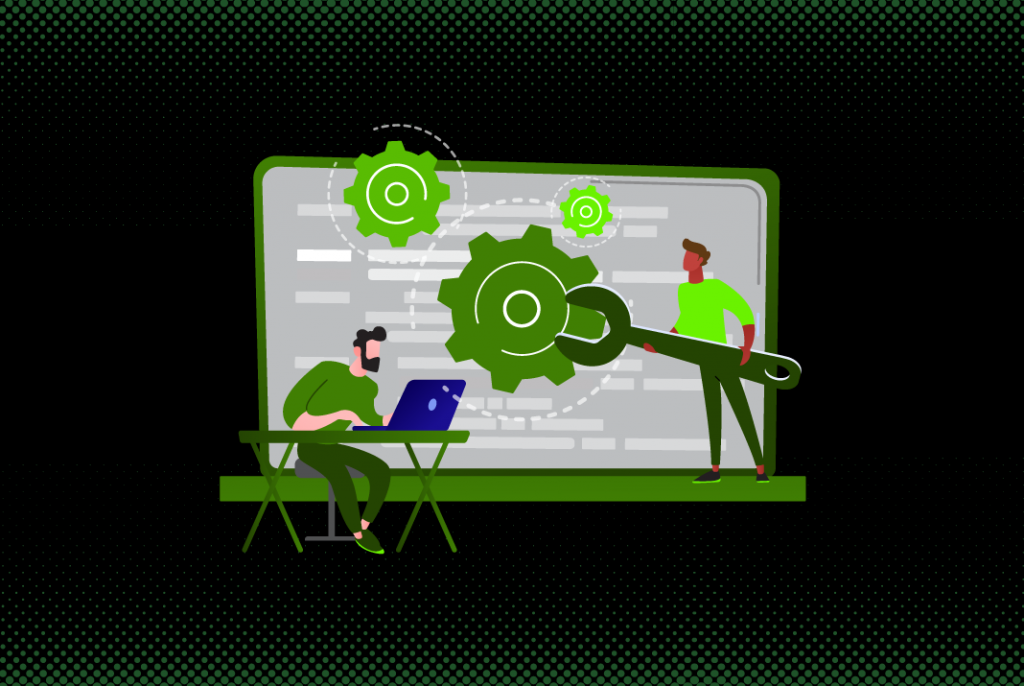
Customization is the building block of most audience facing events. Think about a physical event space, decked with sponsored brand logos, stage, booth, & lobby designs that reflect the individuality of the brand &/or the company.
Such a customized event environment allows the attendees to enjoy themselves & network with one another more freely, as they get a flashback of an actual physical event.
It’s evident that the more connected & drawn towards your event the attendees feel, the more likely they will be to engage with the other attendees & the event itself.
Customization is one way to achieve the ideal of a virtual event successfully emulating a physical one.
Ensure that the virtual event platform you choose has far-reaching & easily deployable customization features to help you design a more familiar, personalized event experience for your attendees.
Good quality customization features help you design an event experience that more closely matches your expectations & vision of the event, thus allowing your attendees to network & engage with the other attendees, as well as the event organizers, more freely.
Automation

Automation is another important aspect of virtual events. It helps event managers automate most time-consuming and lengthy tasks & processes pertaining to the event.
Processes like event website creation, attendee registration, welcome emails, reminder emails, pop-up notifications for upcoming sessions, & dynamic event-related notifications, etc. all fall under this category.
Automation not only helps you reduce time & essential manpower, it also helps your attendees enjoy a smooth, seamless event experience at your virtual event.
This ensures that their time is not wasted unduly on basic event processes like registering themselves repeatedly, logging in repeatedly, and pull up the sessions roster each time they wish to see which sessions are up.
Automation helps your attendees live out a free-wheeling event experience, thus making them more likely to utilize the networking & engagement tools that you have provided them within the virtual event.
Make sure that the virtual event platform of your choice provides high-end automation features to help take off the load from your shoulders.
Spaces to allow for Interaction
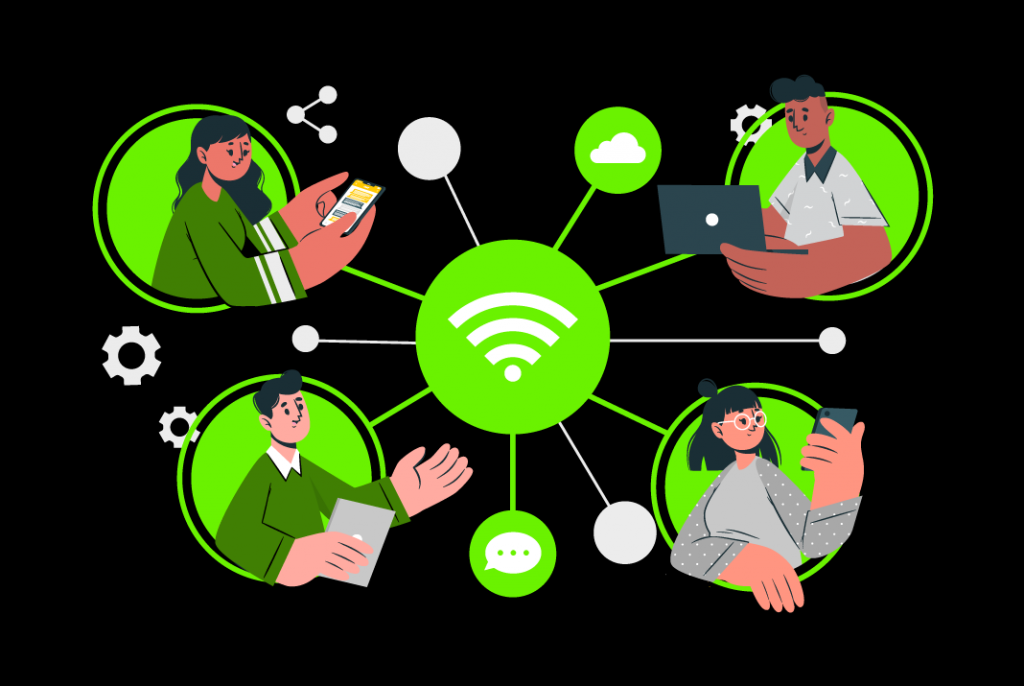
In a physical, in-person event, a major chunk of the networking occurs at designated spaces made for the attendees to gather in & chat with each other. These are often called interactive spaces within the event.
These interactive spaces provide a shared space for attendees to engage & interact with each other, as well as to recharge & reflect for a while about the entire event.
In virtual events, these spaces help attendees gather virtually in a space together, & exchange information, chat, participate in audio/video conferencing, check out the entire event, & more.
Interactive spaces in a virtual event help attendees feel familiar with the virtual event, & also facilitate in-event attendee engagement & interaction.
Ensure that the virtual event platform of your choice provides features for building engaging & customized interactive spaces to help your attendees build connections & engage in meaningful networking.
Live Streaming Options

Usually, when it comes to virtual events, there are two kinds of live streaming options available. One is live, where the streaming occurs simultaneously as the virtual event progresses, another is semi-live where a pre-recorded session or video plays for the audience with features to allow attendees to engage in Q&As, & live chat in real-time.
Most event organizers these days tend to opt for the semi-live option, as it offers increased flexibility & the option to edit out any unseemly content from the live presentation.
Whichever option you wish to pick for your virtual event, you need to ensure that the virtual event platform of your choice provides engagement features accordingly.
Generally, audience engagement during a live streaming event is not an issue, as live streaming allows for attendees to engage in live chat, audio/video conferencing, one-on-one video conferencing, & 2-way video conferencing.
They can also ask questions, participate in live polling, react to an ongoing session via emojis, & raise their hand to be invited up on the stage with the session speakers.
In a semi-live session, you need to ensure that the virtual event platform of your choice supports all of the primary engagement features like live chat, Q&As, etc., and also allows more sophisticated audience engagement & interaction features as well.
Networking Lounges & Breakout Rooms/Sessions

Specialized networking lounges and breakout rooms allow for attendees to gather together in a shared space & interact with each other.
In physical events, networking lounges are often the places where most of the networking connections are made.
The same can be true of virtual events that provide their attendees with top-notch networking lounges with customized designs & breakthrough networking & audience engagement options.
Ensure that the virtual event platform you’re choosing for your virtual event has facilities for designing customized, & immersive networking tables, breakout rooms, interactive sessions, & more such audience engagement features.
Quick & Easy Communication

Quick, easy, & seamless audience communication is the key to achieving optimal audience networking & engagement at your virtual event.
Difficult to use & complicated communication processes put people off using them & fail to attract people to talk amongst themselves or engage in conversation with the event organizers.
Hence ensuring that the virtual event platform of your choice supports easy, quick, & smooth communication channels & useful third-party integrations like Whatsapp, Zoom, etc. to facilitate audience engagement within the virtual event, is necessary for hosting a successful virtual event.
Out-of-The-Box Interactive Features
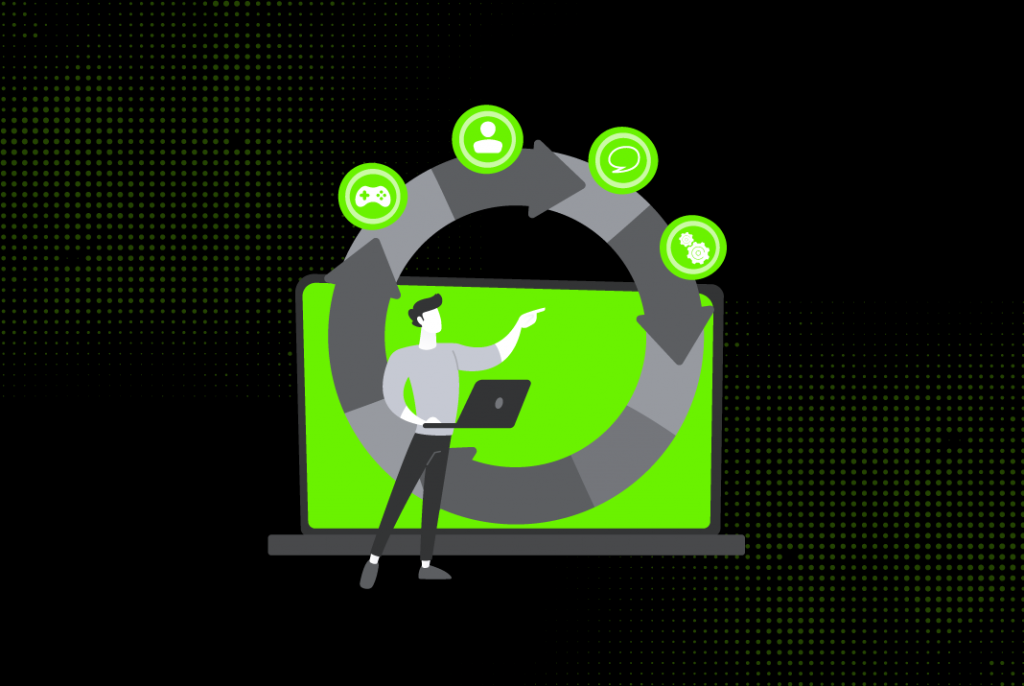
Alongside primary engagement & audience interaction features like live chat, polling, Q&As, etc., you should also ensure that the virtual event platform of your choice comes with some other unique & interesting engagement features as well.
Live emoticon integration that helps your attendees share their feelings & concerns about any session in real-time, dynamic leaderboards that reward your attendees based on the frequency of their participation in the event, exciting gamification features & in-game chats, live voting, etc. are all examples of some unique & interesting engagement features.
Such engagement features incentivize your attendees to engage with the event in a productive way that is simultaneously rewarding to them, & helps increase the event revenue for you.
Branding & Personalization

As stated in the points before, customization is key to providing familiarity to your attendees with your virtual event. Branding & personalization fall under that category.
By branding your virtual event, you help your attendees enjoy your virtual event in an environment that more closely represents your brand image & vision.
This helps your attendees feel more comfortable engaging & interacting with your virtual event.
Aside from branding, personalizing the event with the help of specific event design features in a way that helps your attendees feel more involved in the process.
Pre-event surveys can help you understand the exact branding & personalization requirements you’d need from the virtual event platform of your choice.
Ensure that the virtual event platform you’re selecting for your event has all the necessary features & options needed to brand & personalize the event, in a way that you want.
Easy Navigation Across the Virtual Event Space

If your virtual event has a designated space for attendees to network, as well as engagement & networking gateways like breakout rooms, sessions, networking tables, chat lounges, etc. it’s important to provide easy access to your attendees.
If your virtual event doesn’t have good navigation features & teleportation to allow your attendees to easily navigate from one point to another, your attendees are not likely to spend time engaging with your virtual event.
They will likely remain in their own session spaces so as to not get locked out of those when their respective sessions start.
Thus, you should ensure that the virtual event platform of your choice has easy navigation & event teleportation features to help your attendees make it smoothly to networking lounges, breakout rooms, etc.
This will help increase audience engagement & networking frequency, as well as help you drive greater revenues & outreach through your virtual event.
Event Security

Security is of utmost importance in any virtual event. Since all of the engagement & information exchange is taking place virtually via communication channels, live chats, audio/video conferencing, etc., you need to ensure that all of the conversations are safe & secure.
Ensure that your attendee data & any information shared remain confidential & restricted to just the attendees engaged in that particular conversation.
Your ideal bet is to select a virtual event platform with ISO 27001 certification & one that is also GDPR compliant.
Aside from these basic requirements, the virtual event platform of your choice should also have safety measures in place to protect individual conversations between attendees and those between potential buyers & booth organizers.
If your virtual event has procedures for payments through the event directly, then extra security measures must be taken to protect the transactional details of the process as well as the attendee details & the details of the purchase, etc.
All this calls for choosing a virtual event platform with the most cutting-edge security & safety features embedded in it, to help ensure that your attendees engage with your virtual event in the most meaningful way.
We trust these tips help you zero in on the best virtual event platform for your next virtual event. For more such blog posts on the latest happenings & developments in the world of virtual event technology, keep following this space.


